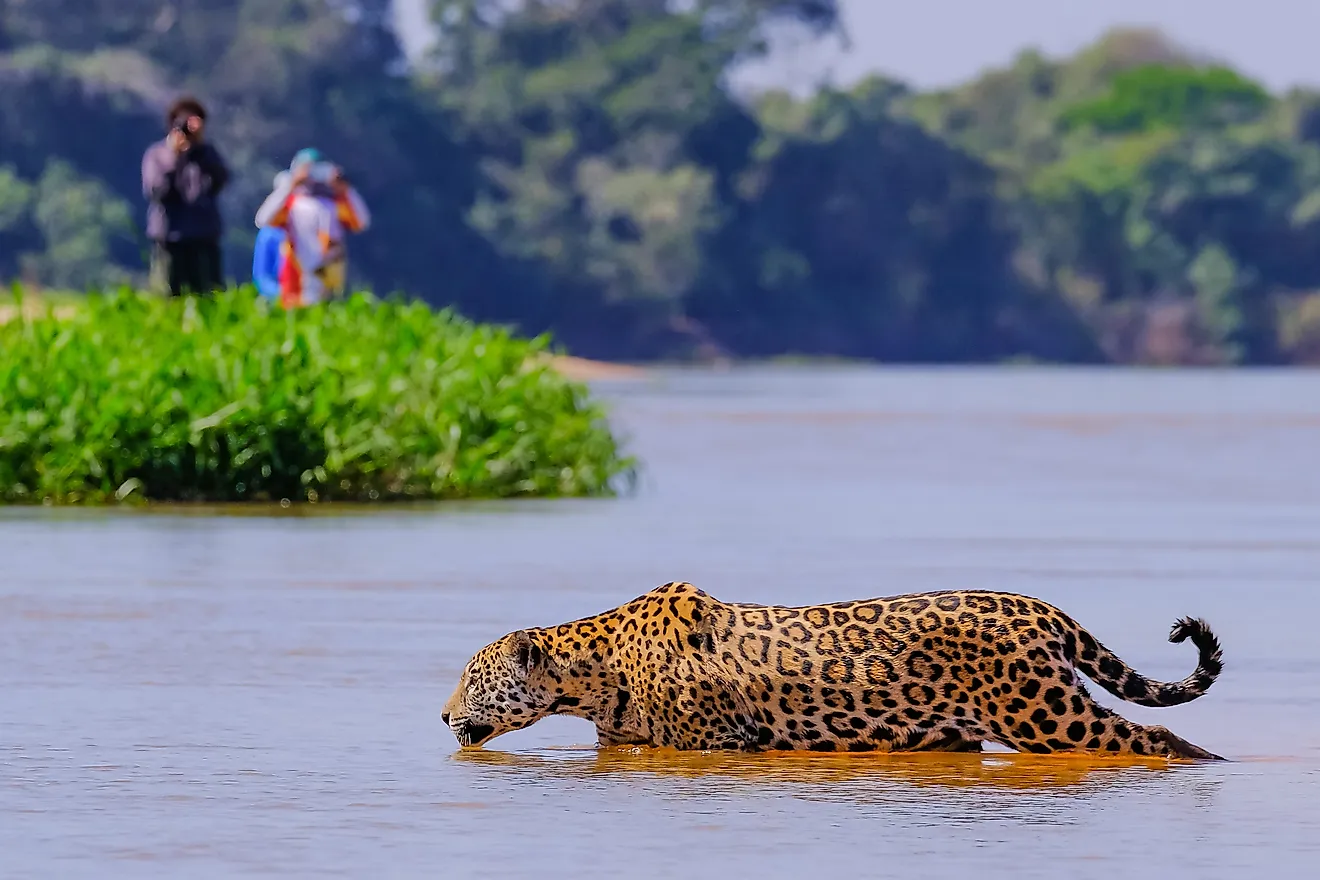The Sonoran Desert
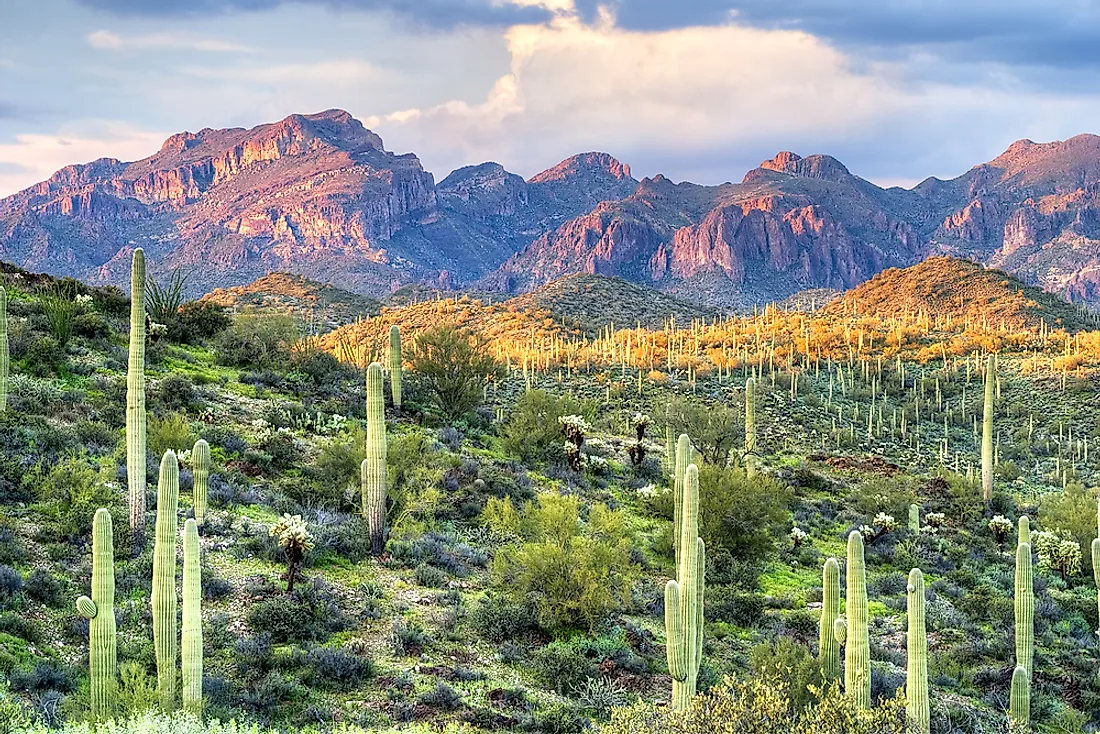
- The Sonoran Desert's climate is subtropical, and the area gets about 3 to 15 inches of rain each year, more than any other desert in the world.
- Broad valleys bordered by mountain ranges from northern Mexico across Arizona, California, Utah, and Nevada, to Idaho's southern plains comprise the Sonoran Desert.
- The hottest and most bio-diverse desert in North America, the Sonoran is home to at least 30 different animals and 10 different plant species.
Content:
Location And Topography Of The Sonoran Desert
The Sonoran Desert is made up of broad valleys lowly-elevated and bordered by long and narrow mountain ranges running from northern Mexico across Arizona, California, Utah, Nevada, and ending in Idaho's southern plains. Within the desert are mountain ranges like the Kofa Mountains and Santa Catalina Mountains, the latter of which sees snow.
You'll find high country west of the Sonoran Desert in Baja California's Sierra San Pedro Martir and the Laguna Mountains in Southern California. This area contains huge masses of Cretaceous-aged granites that are 80 to 140 million years old. The desert's northeast is surrounded by a long cliffside one mile tall called the Mogollon Rim, forming the Colorado Plateau's southern edge.
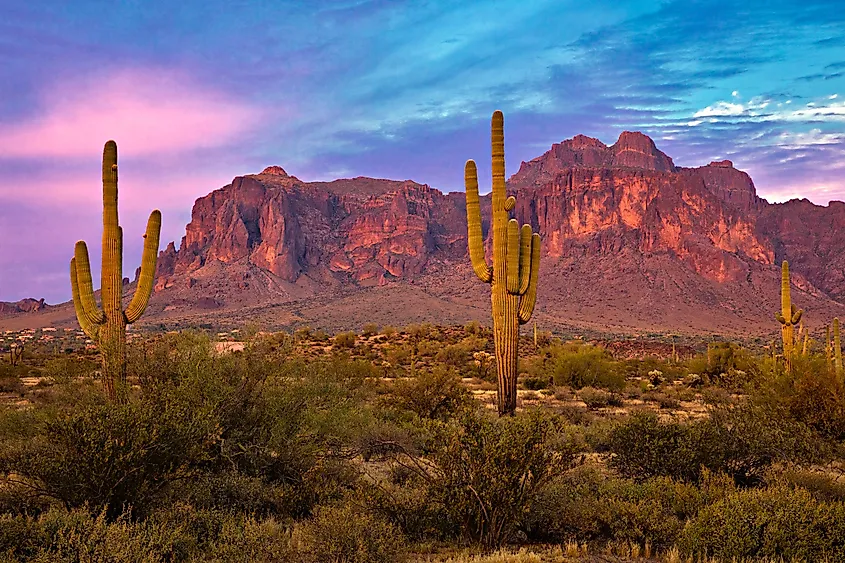
More mountain ranges and high valleys comprise the Sonoran Desert's eastern edge, in southeastern Arizona, including the Pinaleno and Chiricahua Mountains. Mountain heights range in the west from 3,000 feet (915 m) to the east at 10,000 feet (3,050 m). The valley bottoms range in elevation from sea level to 5,000 feet in southeast Arizona, where you'll find grassland rather than desert. Mexico's Sierra Madre Occidental, a mountainous and tall pile of 30-million-year-old volcanic rock, creates the desert's southeastern edge.
Drainage Of The Sonoran Desert
Internal drainage occurs where the desert's valleys typically containing dry streams like the Imperial Valley in California either connect to major rivers like the Gila or the Salt, or drain into an internal low spot. Playas, also called dry lakes, form in these low spots and are encrusted with salt.
Climate Of The Sonoran Desert
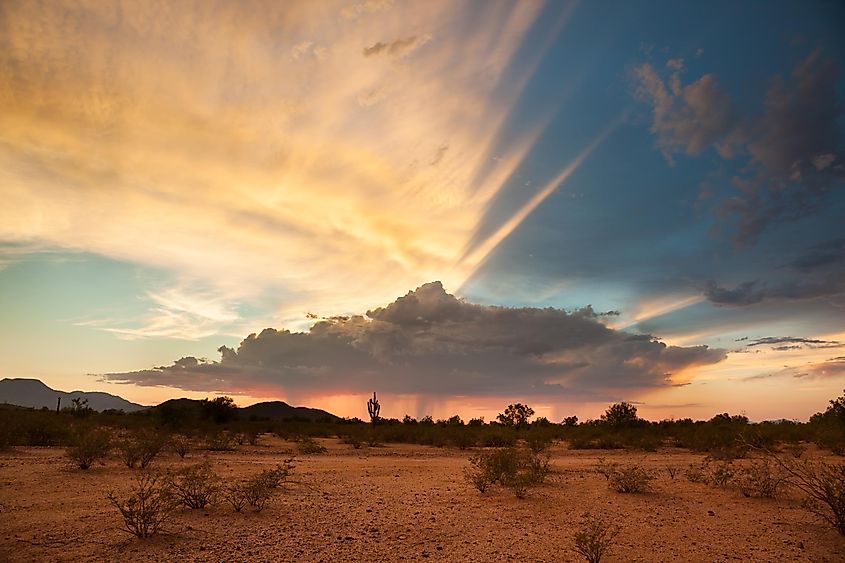
The Sonoran Desert's climate is subtropical. Each year the area gets about three to 15 inches of rain, mostly throughout the monsoon season of July to September, with heavy rains from quick but powerful thunderstorms. During the months of December and January, the desert sees lighter rainfall and rarely any frost.
In the summer, the lower Colorado River, which is the hottest and driest area of this desert, sees temperatures of over 120 degrees Fahrenheit (49 Celsius) and rainfall of under three inches.
The Sonoran Desert's topography affects its climate because masses of moist air get confined, blocked, or directed by barriers caused by the mountainous terrain.
Plants And Animals Of The Sonoran Desert
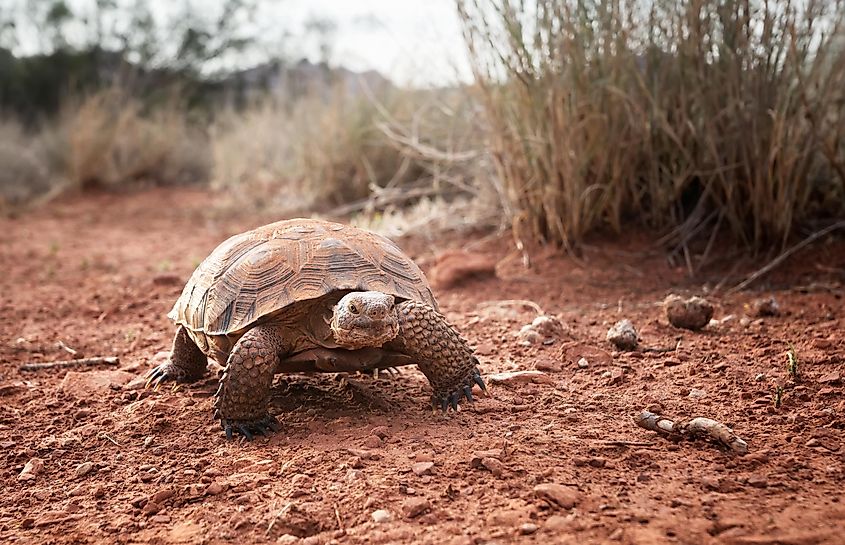
Of any North American desert, the Sonoran is the most bio-diverse and the hottest. It also gets more rain than any other desert in the world, an average of about 10 inches a year. At least 30 different diverse animals are found in this desert, including bobcats, coyotes, desert tortoises and bighorn sheep, rattlesnakes, scorpions, roadrunners, owls, white-winged doves, and tarantulas.
The desert is also home to over ten types of plants, such as the desert marigold, prickly pear, and the desert's signature plant, the saguaro cactus, which finds its only natural habitat in the Sonoran Desert. Of all deserts in North America, the Sonoran's vegetation is the most diverse. Southern Baja and Sonora see thorn forest, and the cardon cactus, which grows up to 60 feet tall (18 m) and is native to Baja California, as is the boojum tree.
Unfortunately, both plant and animal species are becoming endangered or threatened in the Sonoran Desert for various reasons, particularly habitat loss and draining of soils. Other factors include diversion of rivers, invasive species, logging, overgrazing, pollution, hunting, and misuse of pesticides.
Human Settlements Of The Sonoran Desert

It is believed the ancestral Sonoran Desert peoples descended from a hunting and gathering culture beginning around 5,500 BCE. When wild plants and animals became sparser as the area became drier and hotter, corn was introduced and seemed to have affected the gradual transition from hunting and gathering to farming. Farmers acclimatized to the desert's dry conditions and began to use mountain runoff and river water for field irrigation. These farmers also created distinct pottery by about 300 CE, called “red-on-buff.”
A period of mass abandonment occurred for the ancestral Sonoran Desert people in the late 1300s and early 1400s, which is believed to have been caused by floods, drought, invasion, disease, earthquakes, internal strife, and salinization of the land.
Today, many Indigenous groups are ancestrally tied to the Sonoran Desert peoples. The legacy of these ancient people lives on from the cultural traditions, archeology, and interest of visitors to the Casa Grande Ruins, a group of ancient irrigation canals and farming communities of the ancestral Sonoran Desert peoples.
Today, several cities occupy the desert, with the largest one being Phoenix, Arizona. People enjoy various activities within the Sonoran Desert, such as hiking, desert tours, horseback riding, hot air balloon rides and even water sports, as eight lakes and rivers are located within an hour's drive of Scottsdale, Arizona, which is situated right in the desert.
